Soft-tissue masses and masslike conditions: what does CT add to diagnosis and management?
- PMID: 20489097
- PMCID: PMC2884142
- DOI: 10.2214/AJR.09.3736
Soft-tissue masses and masslike conditions: what does CT add to diagnosis and management?
Abstract
Objective: Although MRI is the technique of choice for evaluating most soft-tissue masses, CT often provides valuable complementary information. Specifically, there are distinguishing CT characteristics that can suggest a specific diagnosis, including the lesion's mineralization pattern, density, pattern of adjacent bone involvement, and degree and pattern of vascularity.
Conclusion: This article provides an overview of the CT evaluation of soft-tissue masses, emphasizing a differential diagnosis based on these CT features.
Figures

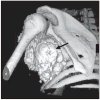
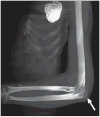


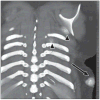



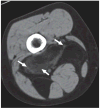
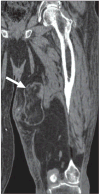


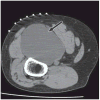


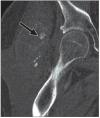


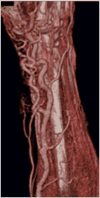

Comment in
-
Diagnosis of soft-tissue masses.AJR Am J Roentgenol. 2011 Aug;197(2):W365. doi: 10.2214/AJR.10.5203. AJR Am J Roentgenol. 2011. PMID: 21785068 No abstract available.
References
-
- Wu JM, Montgomery E. Classification and pathology. Surg Clin North Am. 2008;88:483–520. v–vi. - PubMed
-
- Murphey MD. World Health Organization classification of bone and soft tissue tumors: modifications and implications for radiologists. Semin Musculoskelet Radiol. 2007;11:201–214. - PubMed
-
- Egund N, Ekelund L, Sako M, Persson B. CT of soft-tissue tumors. AJR. 1981;137:725–729. - PubMed
-
- Yiu-Chiu VS, Chiu LC. Complementary values of ultrasound and computed tomography in the evaluation of musculoskeletal masses. RadioGraphics. 1983;3:46–82.
-
- Soye I, Levine E, De Smet AA, Neff JR. Computed tomography in the preoperative evaluation of masses arising in or near the joints of the extremities. Radiology. 1982;143:727–732. - PubMed
Publication types
MeSH terms
Grants and funding
LinkOut - more resources
Full Text Sources
Medical

